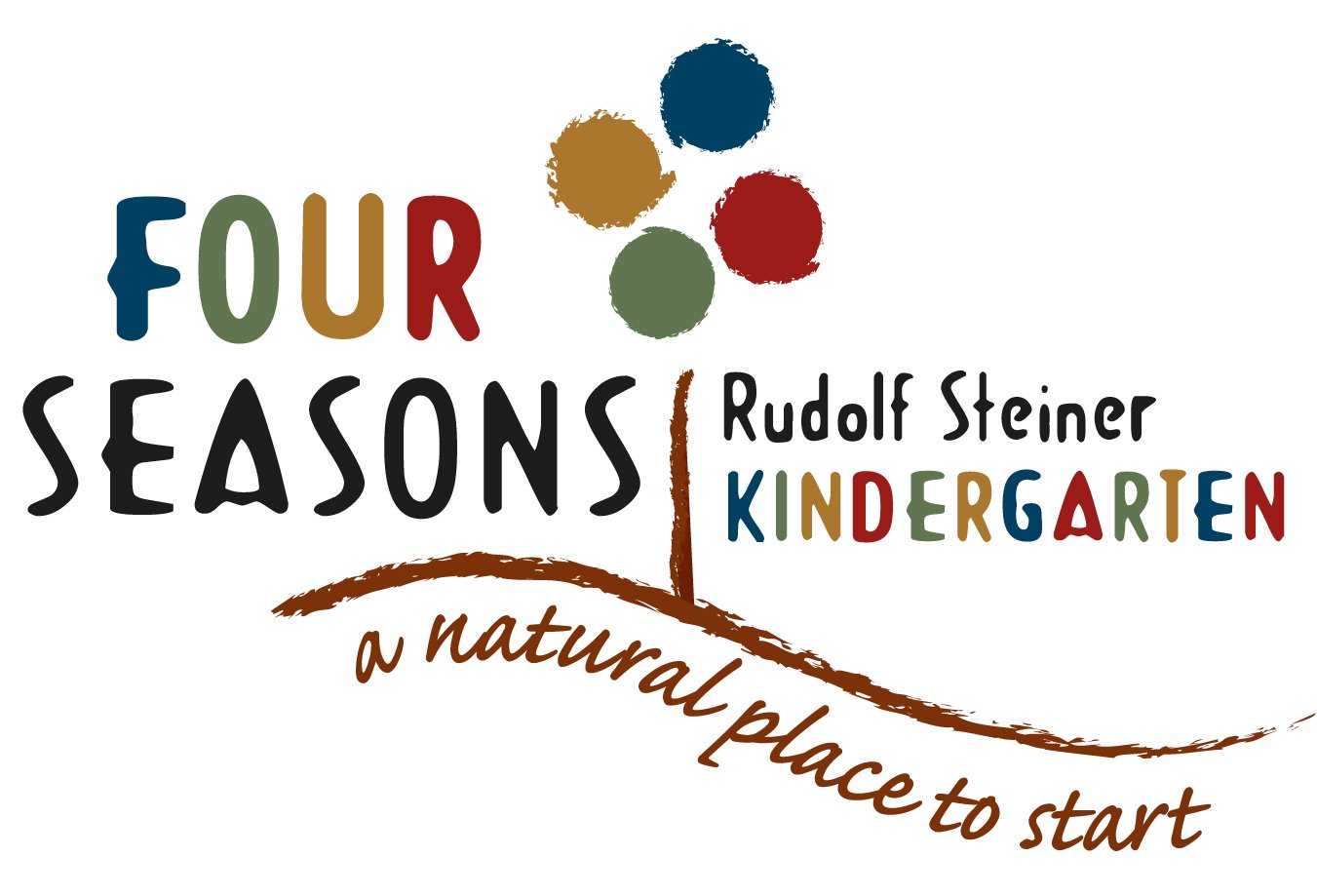The role of rhythm
In early childhood education, rhythm is a foundational element that creates a nurturing and secure environment for young children. In Steiner Waldorf education, rhythm is not just a routine but a holistic approach that aligns with the natural ebb and flow of a child’s day, week, and year. This predictable structure provides tamariki (children) with a sense of safety and belonging, enabling them to thrive both emotionally and cognitively.
Rhythmic routines in a Steiner Waldorf setting, such as circle-time/storytime, time for indoor play, and outdoor play, with mealtimes woven in between, are carefully designed to mirror natural rhythms and seasonal changes. This approach aligns with Rudolf Steiner’s emphasis on the developmental needs of the "whole child"—body, soul, and spirit. Steiner believed that rhythm helps children internalise a sense of order and security, which is essential for healthy growth and development.
The consistent framework provided by rhythm allows tamariki to know what comes next, reducing anxiety and fostering trust in their surroundings. This sense of predictability is particularly important during the first seven years of life, as it supports the development of what Steiner termed the "will" phase, where children learn primarily through imitation, repetition, and experiential learning.
By weaving rhythm into the daily, weekly, and seasonal life of the kindergarten, Steiner Waldorf education supports tamariki in feeling grounded and connected. This nurturing rhythm enables them to flourish with confidence, creativity, and a deep sense of well-being, laying the groundwork for lifelong learning.
We’ve got space at Four Seasons to welcome new whānau (families), connect with us to visit and see if we’re the right space to meet your needs for your tamariki. Click here to be in touch.
